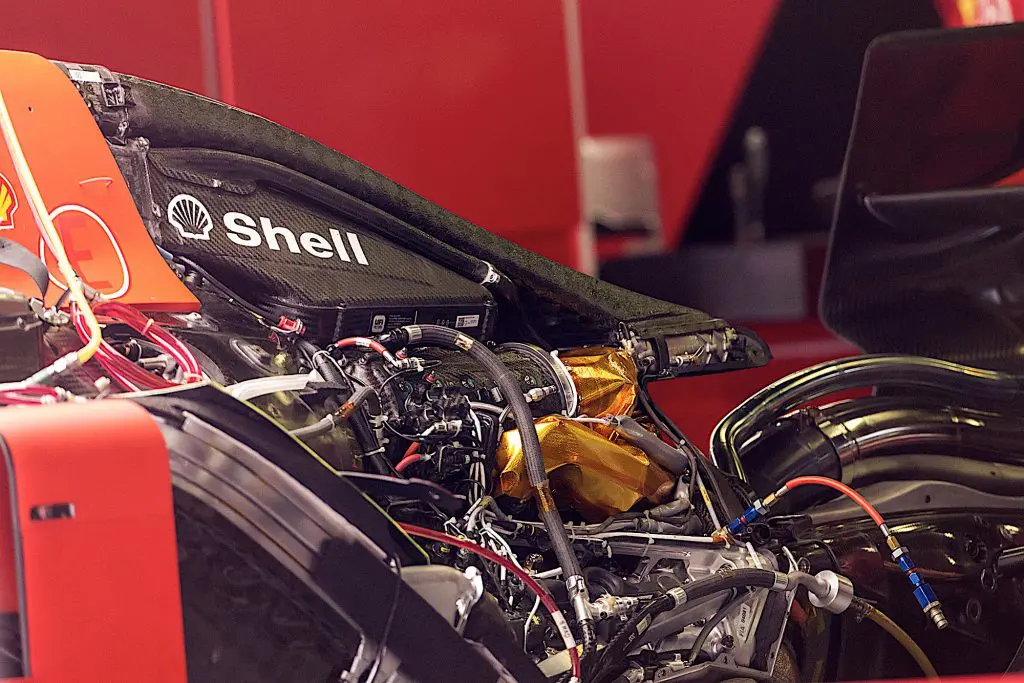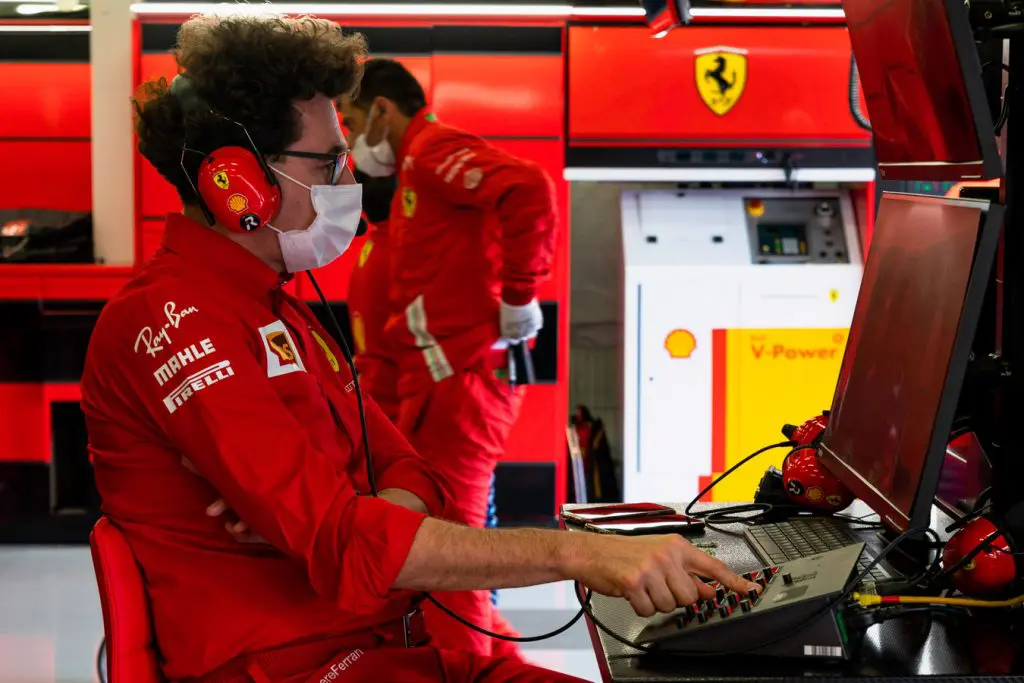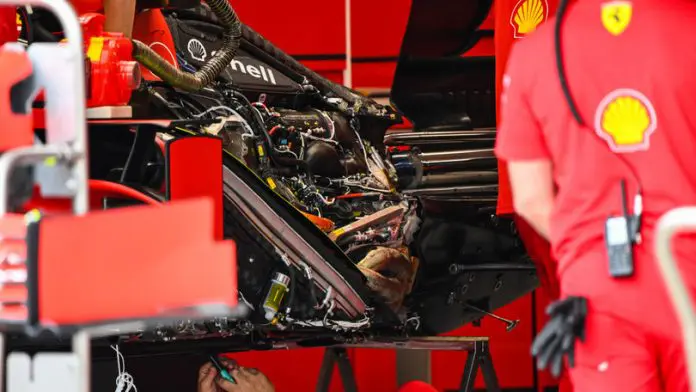Insight: why Ferrari’s revised PU can contain more than one new component
All we have to do is wait. The introduction of the new Ferrari power unit, which should maintain an important upgrade, is getting near. Such updated version will play a key role in the fight for third place in the current F1 championship as well as in the development ahead of 2022. Next year will mark the substantial freezing of the engines until 2025 or, in the worst case scenario, until 2026. The debate on the date is still ongoing (click here for info).
What improvements will the Maranello engineers bring to Sochi over the weekend of 24-26 September? We dealt with it yesterday in an in-depth study that revealed the secrets of the V6 (click here to know all the details). This article, however, wants to answer a further question of no secondary importance:
F1 – Why, in a development-freeze regime, unlike the others, can Ferrari allow itself to make various and significant changes to its hybrid turbo engine?
Let’s dive into it…

Let’s take a step back to the 2020 season when, due to the financial crisis caused by the Covid-19 pandemic, a partial regs freeze was introduced. Indeed, the term freezing is incorrect. Rather, we should talk about homologation rules that block specifications at a given time of the year. In the long winter break at the beginning of 2020 the parts subject to a block were defined: the internal combustion engine (ICE), the turbo, the MGU-K, the MGU-H, the electronic control unit, the batteries that accumulate the energy, the exhaust system, the oil circuit and the fuel circuit.
The homologation of these areas was fixed in July 2020, when the season began. So, how is it possible that Ferrari can still introduce significant innovations? The rules state that MGU-K, electronic control unit and battery packs could be modified between 2020 and 2021. While all the other parts (ICE, turbo, MGU-H, exhaust system, oil and fuel circuit) could be updated in 2021, at any time starting from the end of 2020 throughout the current championship.
Ferrari, which had introduced the second seasonal power unit in Baku, still used deliberate elements from the past season. He now has the opportunity to bring news to those areas he had left immaculate. Of course, at Maranello they do not unbutton them and do not say which elements are subject to revision. But, probably, based on the information we have gathered, we can say that the updates will essentially affect two areas: ICE and the hybrid part.

Let’s start with the endothermic. The Ferrari engineers carried out targeted work on the internal components of the ICE. The more or less declared goal is to increase the efficiency of the combustion chamber leading to a marked decrease in consumption. On the other hand, on the hybrid front the aim will be to improve the ratio between generated energy and that spent over a lap.
This is one of the aspects on which the V6 built in Maranello is most deficient compared to its competition, with Honda and above all Mercedes representing the ultimate benchmark. The current problem is that the electrical part is also used to compensate for the deficiencies of the endothermic part. So the drivers can count, in the single lap, on less time of use of the hybrid’s maximum power. The new specifications should solve (if partially or totally we will understand this in the future) this kind of problem.
What Ferrari will introduce after Monza will also be decisive for the future, as what will be resolved in 2022 will remain stable until the end of 2025. The only chances of modifying the project will depend on overcoming any issues related to reliability. By any means this is not a simple process because any upgrade will have to be screened and approved by the FIA. There is not much time available, which is why the “Reparto Corse” led by Mattia Binotto delayed the introduction of some updates that could have debuted before the start of the season.

In fact, next year, on March 1st, the following elements will have to be approved which, we recall, will last between three and four seasons depending on what will be decided in the coming months: ICE, turbo, MGU-H, exhaust, hydraulic system and fuel system. There will be more time, precisely until September 1st 2022, to bring the definitive versions of MGU-K, batteries and electronic control unit.
It really should be said that the future is now. Ferrari cannot afford any mistakes, because in Russia (even if there is no official confirmation, ed.) the foundations will be laid for the next four years. And being late would mean paying a performance deficit that cannot be bridged until the presentation of the new power units, whose characteristics are still the subject of extensive and heated debates.
F1-Autore: Diego Catalano – @diegocat1977
Foto: Scuderia Ferrari – F1TV

